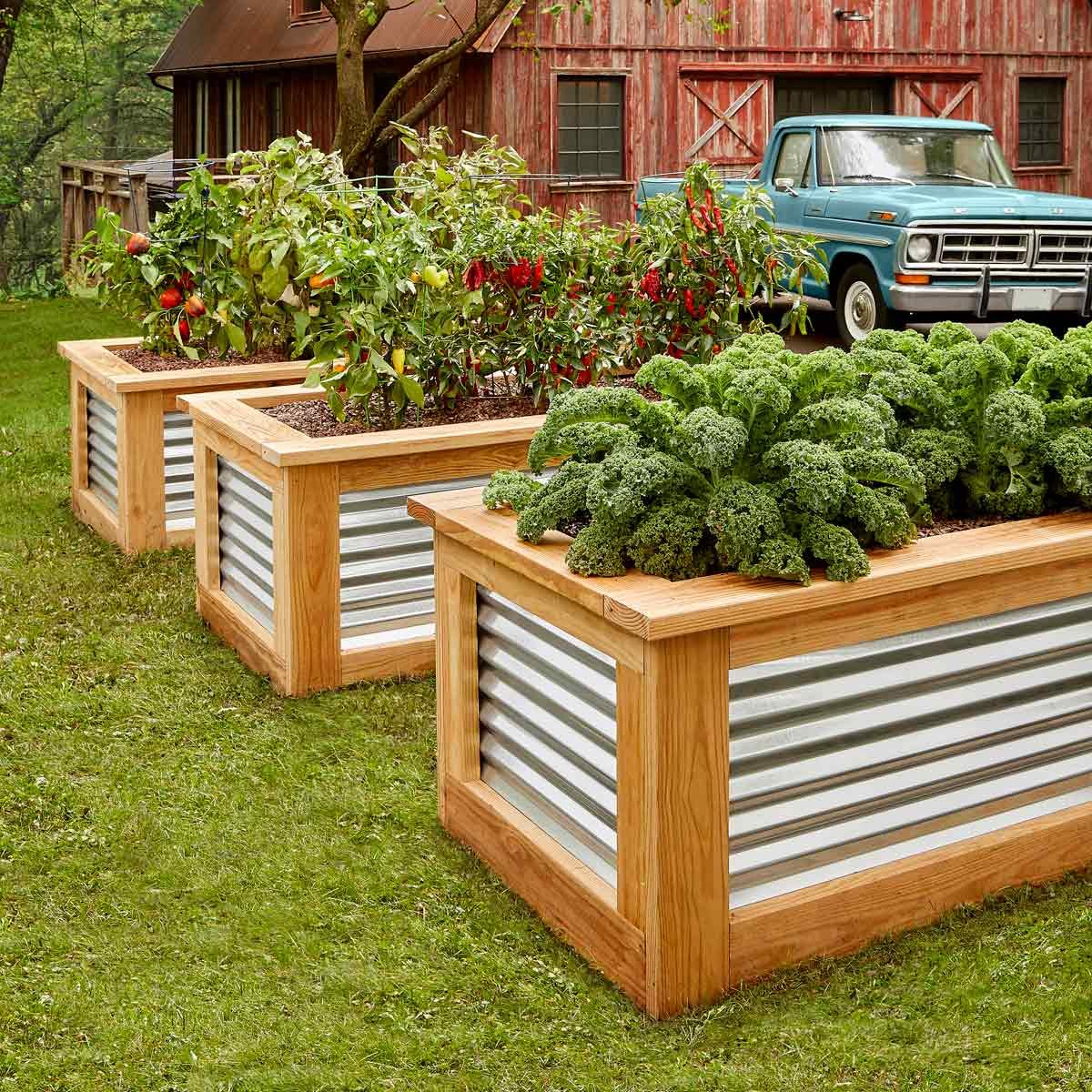Maximize Space, Raised Bed Gardening for Small Backyards

Maximize Space: Raised Bed Gardening for Small Backyards
Gardening in small backyards can be a challenge, but it doesn’t have to be a limitation. Raised bed gardening for small backyards is a fantastic solution that allows you to maximize your space and grow a thriving garden. Let’s dive into how you can make the most of your compact garden with raised beds.
Why Choose Raised Bed Gardening?
Raised bed gardening offers numerous benefits, especially for small-space gardening. It allows you to control the soil quality, improve drainage, and even extend your growing season. Plus, it’s a great way to keep your garden organized and aesthetically pleasing.
Benefits of Raised Bed Gardening
Improved Soil Quality: With raised beds, you can fill them with the perfect mix of soil, ensuring your plants get the best nutrients.
Better Drainage: Raised beds allow for better water drainage, preventing root rot and other issues.
Easier Maintenance: Weeding and pest control are simpler in raised beds, as you have a more controlled environment.
Extended Growing Season: The soil in raised beds warms up faster in the spring, allowing you to start planting earlier.
Getting Started with Raised Bed Gardening
Choosing the Right Materials
When building your DIY raised beds, choosing the right materials is crucial. Wood is a popular choice, but make sure it’s untreated to avoid chemicals leaching into your soil. Other options include metal, composite materials, and even recycled plastics.
Building Your Raised Beds
Building your raised beds can be a fun DIY project. You’ll need basic tools like a saw, screws, and a drill. The size and shape of your beds will depend on your space, but a common size is 4 feet by 8 feet, which allows for easy access to all parts of the bed.
Filling Your Raised Beds
Once your beds are built, it’s time to fill them with soil. A good mix includes compost, topsoil, and potting soil. You can also add organic matter like manure or leaf mold to enrich the soil further.
Maximizing Space with Vertical Gardening
Incorporating Trellises and Supports
To make the most of your small backyard, consider incorporating vertical gardening techniques. Trellises, arbors, and other supports can help you grow climbing plants like beans, peas, and cucumbers, saving valuable ground space.
Using Wall-Mounted Planters
Wall-mounted planters are another great way to maximize space. You can grow herbs, lettuces, and even small vegetables on your walls, adding a touch of greenery and functionality to your garden.
Planting Tips for Small-Space Gardening
Choosing the Right Plants
When it comes to small-space gardening, choosing the right plants is key. Opt for compact varieties that don’t take up too much space. Herbs, leafy greens, and small vegetables like radishes are great choices.
Succession Planting
Succession planting is a technique where you plant fast-growing crops in quick succession. This allows you to harvest multiple crops from the same space in a single growing season.
Interplanting
Interplanting involves planting different crops together in the same bed. This can help maximize space and even improve soil health. For example, you can plant lettuce between rows of tomatoes.
Maintaining Your Raised Bed Garden
Watering and Fertilizing
Regular watering and fertilizing are essential for a healthy garden. Raised beds can dry out faster than ground-level gardens, so make sure to water them regularly. Use organic fertilizers to keep your soil rich and healthy.
Pest Control
Pests can be a challenge in any garden, but raised beds can help minimize the problem. Regularly inspect your plants for signs of pests and use organic pest control methods when needed.
Weed Management
Weeds can compete with your plants for nutrients and water. Regularly remove weeds from your raised beds to keep your garden healthy. Mulching can also help suppress weed growth.
Incorporating Urban Agriculture
Growing Food in the City
Urban agriculture is a growing trend that allows city dwellers to grow their own food. Raised bed gardening is a perfect fit for urban settings, as it allows you to grow a variety of crops in a small space.
Community Gardens
Community gardens are a great way to connect with other gardeners and share resources. Many cities have community gardens where you can rent a plot and grow your own vegetables.
Conclusion
Raised bed gardening for small backyards is a fantastic way to maximize your space and grow a thriving garden. With the right materials, planting techniques, and maintenance, you can create a beautiful and productive garden in even the smallest of spaces. Whether you’re a seasoned gardener or just starting out, raised bed gardening offers numerous benefits that make it a great choice for small-space gardening.
FAQs
Q: What are the best materials for building raised beds?
A: Untreated wood, metal, composite materials, and recycled plastics are all good choices for building raised beds.
Q: How deep should raised beds be?
A: The depth of your raised beds will depend on what you’re growing, but a common depth is 12 to 18 inches.
Q: What are the best plants for small-space gardening?
A: Herbs, leafy greens, and small vegetables like radishes are great choices for small-space gardening.
Q: How often should I water my raised bed garden?
A: Raised beds can dry out faster than ground-level gardens, so make sure to water them regularly. The frequency will depend on your climate and the types of plants you’re growing.
Q: How can I control pests in my raised bed garden?
A: Regularly inspect your plants for signs of pests and use organic pest control methods when needed. Raised beds can help minimize pest problems by providing a more controlled environment.
For more detailed information on raised bed gardening, you can visit Gardeners.com.
0 Response to " Maximize Space, Raised Bed Gardening for Small Backyards"
Post a Comment